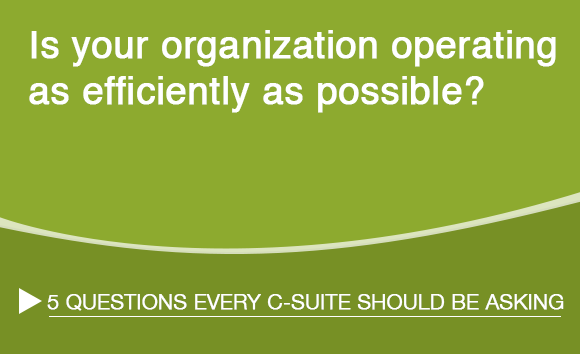- Solutions
- Accounting
- Additional Documentation Requests (ADRs) Management & Support
- Clinical Consulting
- EHR Implementation & Optimization
- Medicaid Eligibility
- Outsourced Contract Controller Services
- Outsourced Revenue Cycle Management
- PointClickCare® Consulting
- QAPI Consulting
- Resident Trust Fund Management & Advisory Services
- Revenue Cycle and Reimbursement Consulting
- Who We Serve
- Resources
- Careers
- About Us
- Contact

 Flash forward several months – it’s the New Year and you are ready to start off fresh. But wait, before you can start a fresh new year, you have to answer a bunch of questions and provide all sorts of paperwork to back up work you did last year. It’s audit and cost report time. All you want to do is move forward and you are suddenly expected to answer questions about activity that happened 10-11 months ago. As a busy business office, you are lucky you can remember what happened last week let alone 10 months ago.
Flash forward several months – it’s the New Year and you are ready to start off fresh. But wait, before you can start a fresh new year, you have to answer a bunch of questions and provide all sorts of paperwork to back up work you did last year. It’s audit and cost report time. All you want to do is move forward and you are suddenly expected to answer questions about activity that happened 10-11 months ago. As a busy business office, you are lucky you can remember what happened last week let alone 10 months ago.
